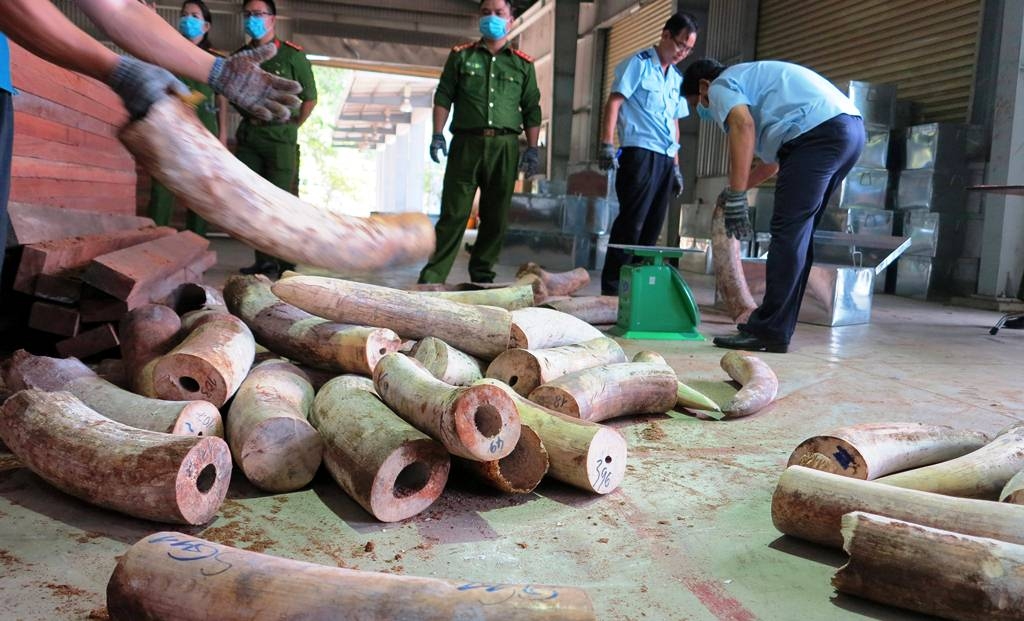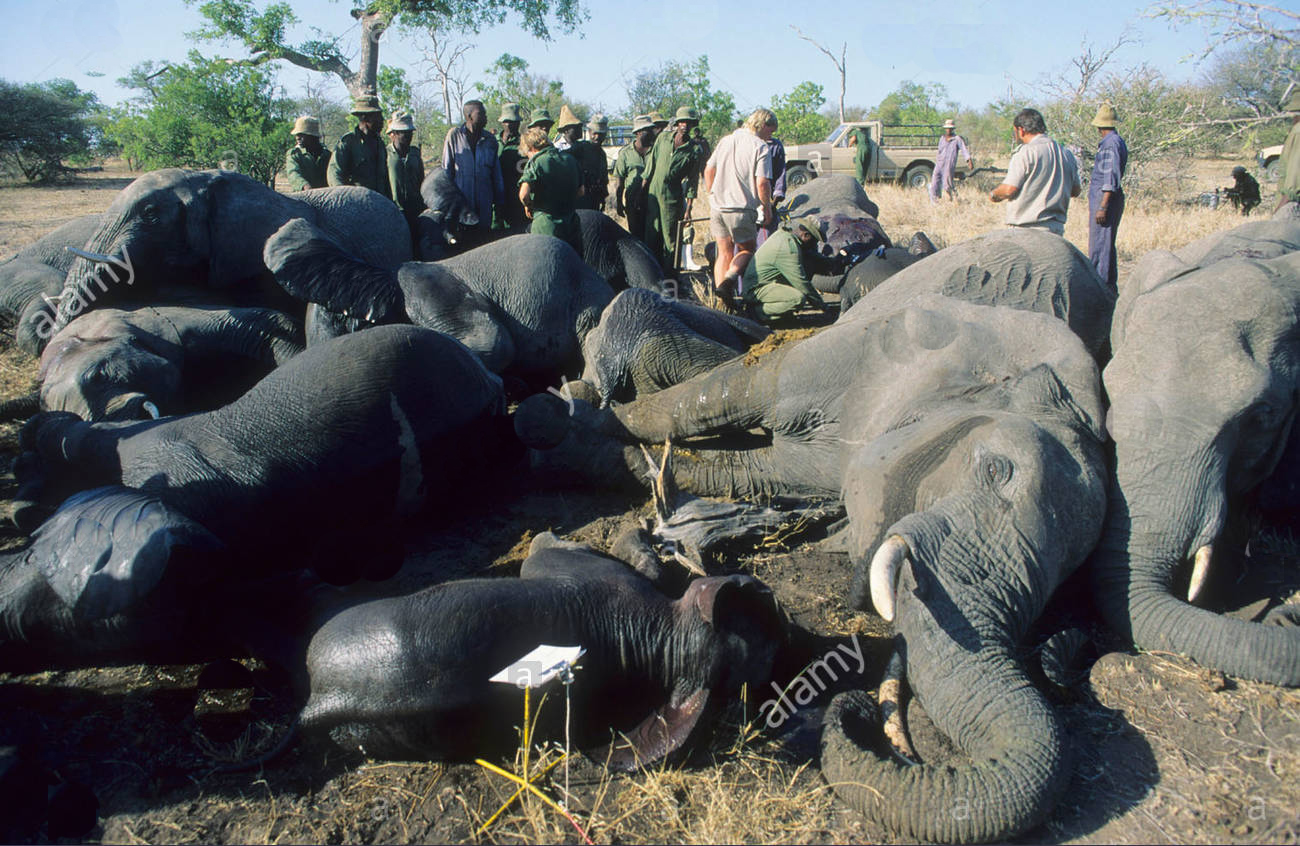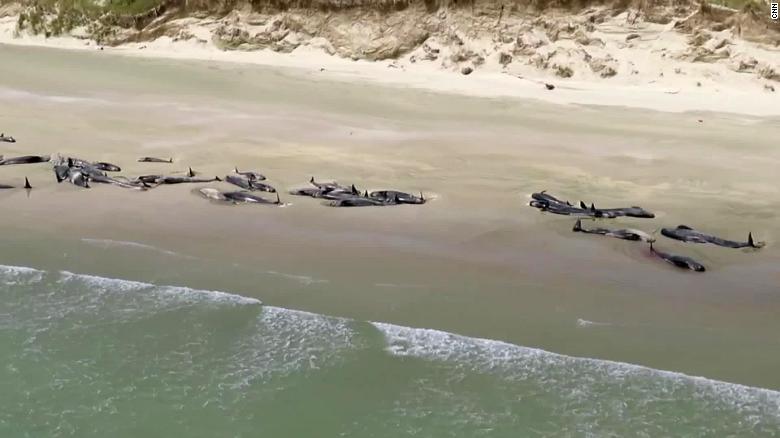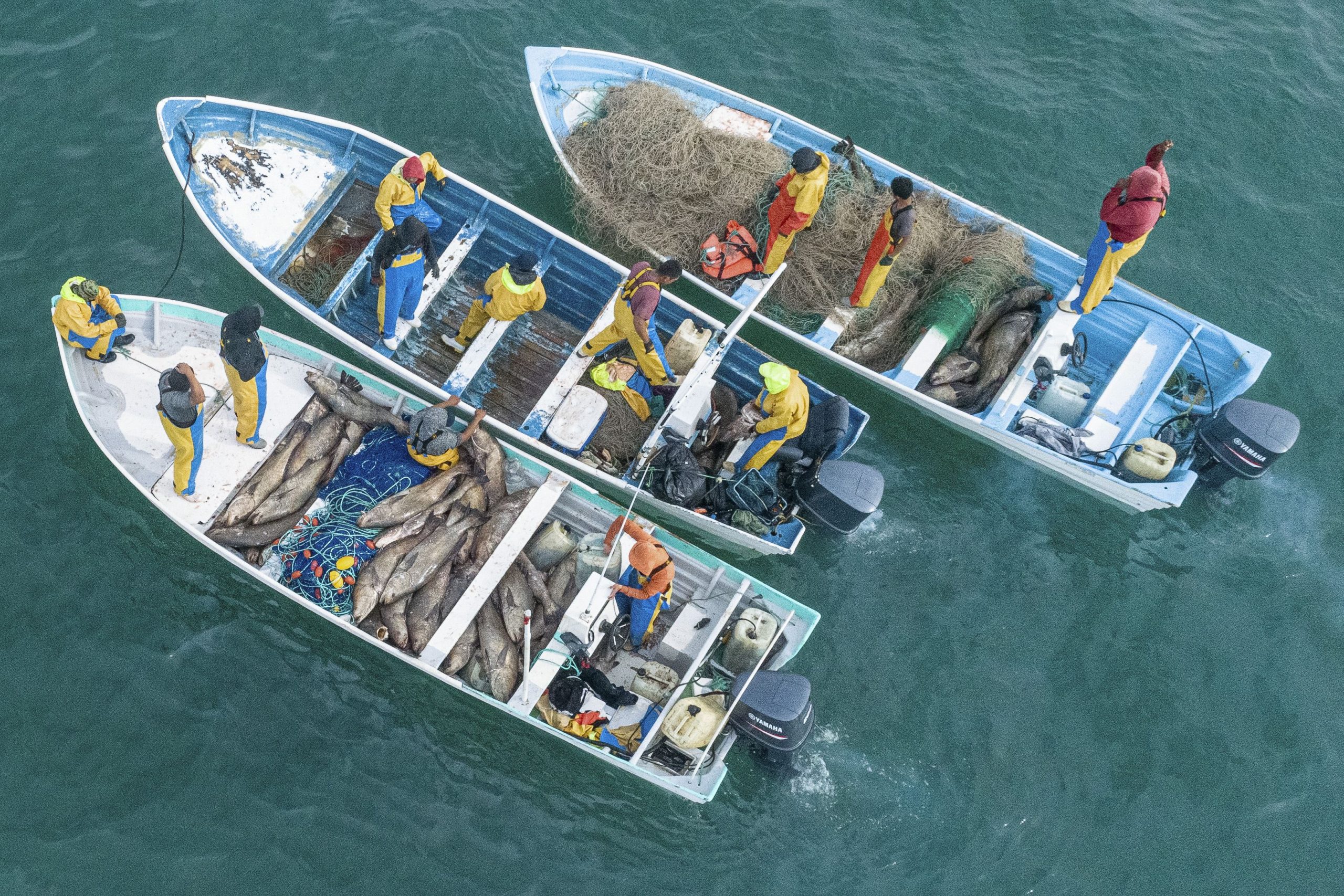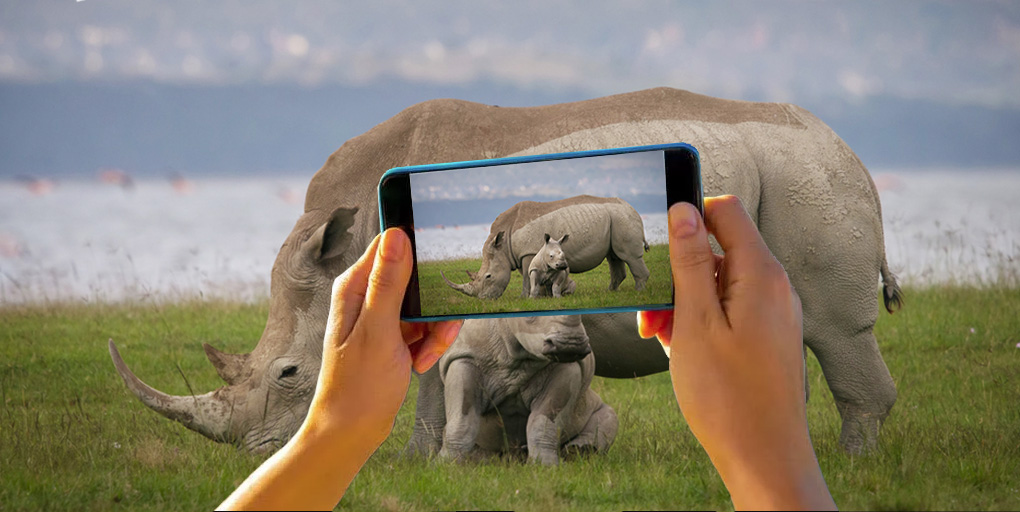
Undoubtedly, the advent of social media changed the way we travel. Take one look through your Instagram or Facebook feed and you’ll likely come across at least a post or two that gives you just a touch of jealousy or inspires your wanderlust. Sadly your Instagram geotag might be putting wild animals and nature reserves at risk.
While all that posting certainly has its perks — like getting more people to get out and see the globe — it can also bring unexpected downsides that are becoming more and more critical to understand.
Especially the issues brought on by geotagging.
How Geo tagging works
In case you’re unaware, here’s how geotagging works: While traveling with an internet-connected device like a cellphone, a person may knowingly or unknowingly share their location thanks to global positioning system, or GPS, technology.
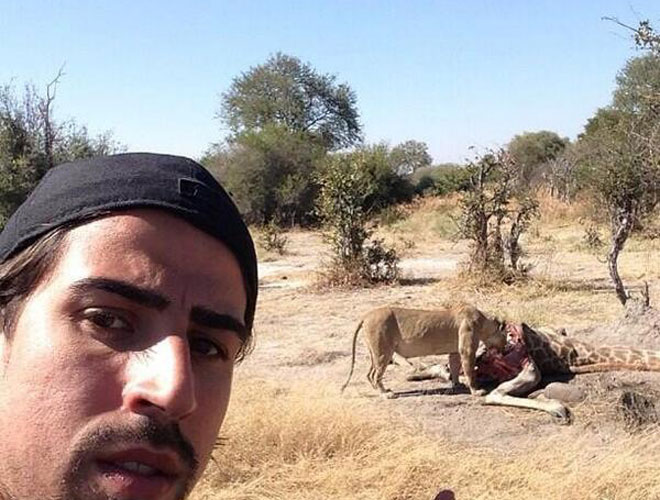
GPS technology, first developed for the military, is used in both your car’s navigation system and any map apps on your phone.
As How Stuff Works explained, “GPS photo tagging, also known as geotagging, is the process of embedding a digital photo with latitude, longitude and even altitude data.”
While being precise is great for navigation, it may also be giving nefarious people — like poachers — a leg up in finding their prey.
“Poachers are now using unsuspecting tourists to hunt their prey,” Sherwin Banda, president of Africa Travel Inc.
This is a quintessentially 21st century photo pic.twitter.com/rXvB12xMm6
— flashman (@flashman) May 5, 2014
“While on safari, tourists post photos of animals to social media sites, not realizing that embedded within the post or the photo is a geo-tag containing the GPS location of the photo. This allows poachers to track animals of value.”
Landscapes and natural areas
Of course, it’s not just animals who are harmed by geotags. Landscapes and natural areas are suffering thanks to too many people trampling the land just to get the same shot as a social media influencer.
The New York Times reported in 2018 that Delta Lake, a remote area in the Grand Tetons, became one such place after influencers discovered its beauty.
“Influencers started posting from the top of the lake. Then it started racing through social media,” Brian Modena, a tourism-board member from Jackson Hole, told The Times.
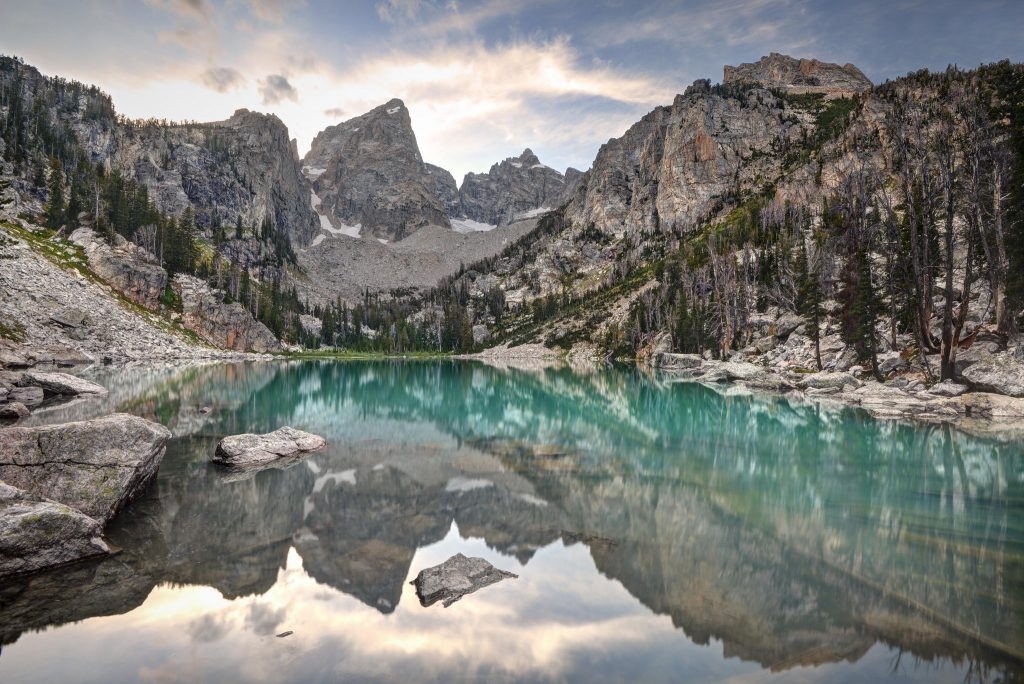
Modena noted that just a few years ago perhaps just one or two hikers would make the nine-mile journey to Delta Lake each day.
Now, however, he said as many as 145 people hike it just to get the same exact photo. Because of this, smaller trails are now heavily trafficked, leading to erosion of precious land.
“We want people to have a real connection to nature,” Modena said, “not just a page with a pin on it.”
To combat the problem groups like Hikers For An 8th Leave No Trace Principlet are suggesting updating the Leave No Trace guidelines.
To include: “Be mindful when posting on social media and consider the potential impacts that rapidly increased use can have on wild places,” and “Use discretion when posting on social media and consider the potential impacts of creating a ‘buzz’ about specific destinations.”
This could mean using no geotag at all, or at the very least using broader tags like a state or even a county’s tag rather than a specific location.
“There are a lot of reasons why people want to showcase where they have been. Bragging rights. It’s an unusual place.” Dana Watts, the executive director of Leave No Trace, told The New York Times. “We just want people to stop and think before they share a location.”
“While tagging can seem innocent,” she noted, “it can lead to significant impact.”
Want to turn off your GPS completely on social media? Banda suggested travelers follow these simple steps:
iPhone: On your iPhone head to the “settings” tab then “privacy” and “location services.” You can turn off location services entirely or just on your phone’s camera.
Android: On Android head to “settings” and then “geotags” to disable.
Twitter: The good news with Twitter is that geotagging will only be turned on in the app on your phone if you have done so manually in the settings menu under the privacy tab. If you turned it on but now want to turn it off, just head there and do so.
Facebook: On Facebook, “settings” tab then “privacy” and “location services.” On the page select “never.”
Instagram: And finally on Instagram, just choose not to add a location tag, or again, add an extremely generic tag instead. This way, you’ll be protecting the land and the animals for future generations to enjoy as well.
Source: TL

